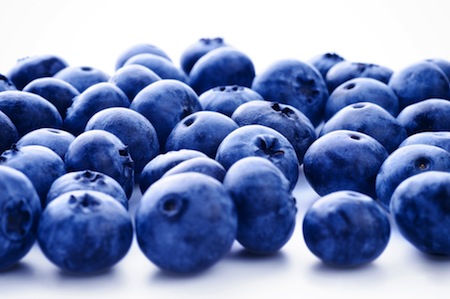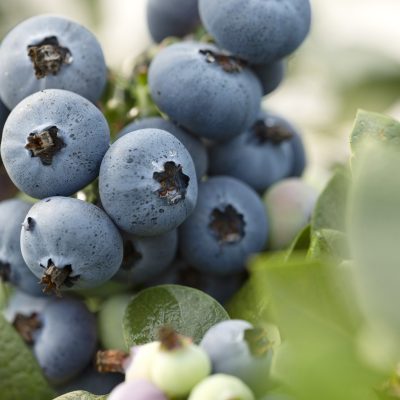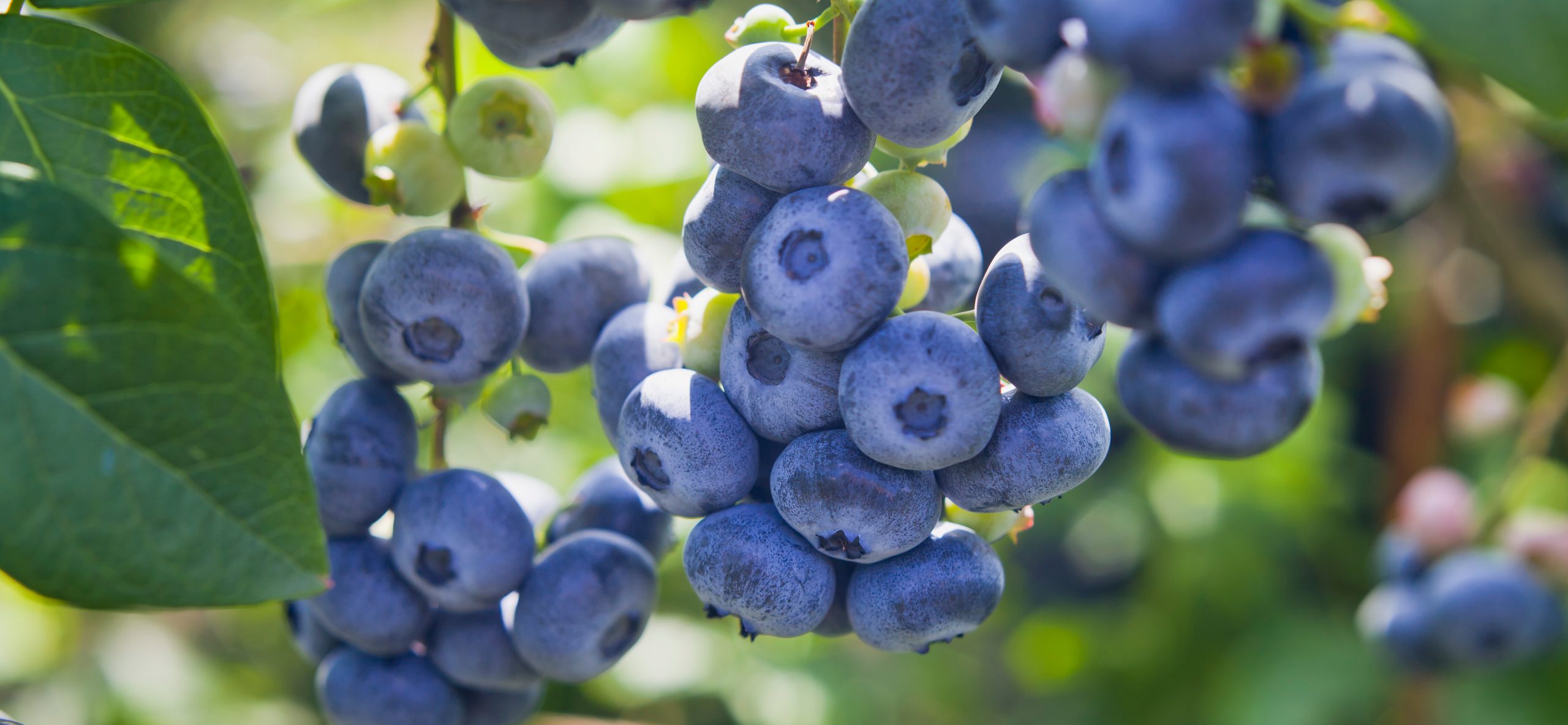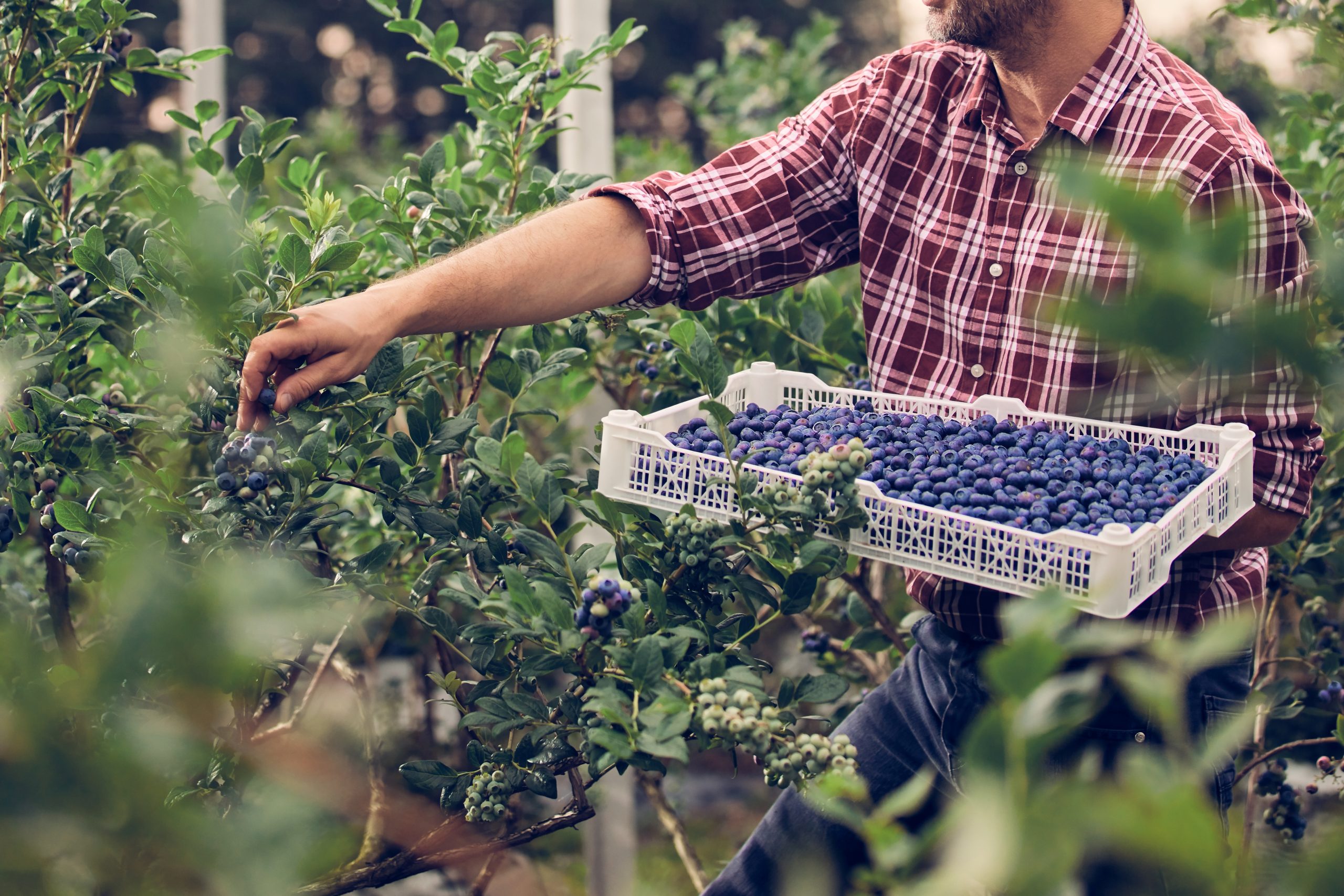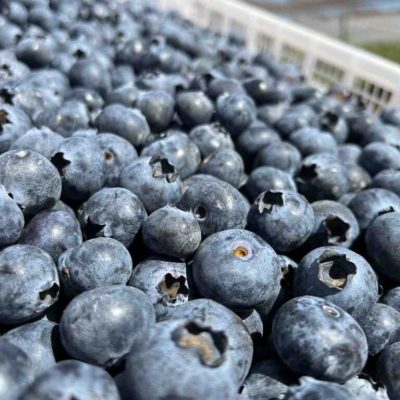Southeast berry growers getting ready for spring
Delayed rain in Chile and Mexico and freezes in Southern California could mean the national market needs more volume from Southeastern berry growers.
“The really exciting part is that the domestic crop so far — fingers crossed — looks very good,” said Brian Bocock, vice president of product management at Naturipe Growers. The Salinas, Calif.-based company has berry growers all over the Western Hemisphere, including North Carolina, Georgia and Florida.
Berries are the leading produce category when it comes to sales, bringing in $5.8 billion a year nationally, according to research from the California Strawberry Commission.
Come winter and spring in the Southeast, the fields produce strawberries, blueberries and blackberries.
Most other berries aren’t grown in large quantities in the Southeast.
Blueberries
Blueberries from Florida are available March through May, according to Produce Market Guide. In Georgia, it’s April through June. In North Carolina, blueberries are available May through July.
On May 10, 2019, flats of 12 1-pint cups of blueberries from Florida and from Georgia were both in the $18-32 range, depending on appearance, at the Hunts Point Produce Market in Bronx, N.Y. On the same day at the Atlanta terminal market, Florida and Georgia blueberries were $18.50-22.
At the Miami terminal market on May 10, flats of Florida blueberries were $22-24.
As long as the weather holds up, Miami-based Crystal Valley Foods blueberries from Georgia, Florida and Alabama should be similar in quality and volume to last year, said Katiana Valdes, marketing director.
“We are continually adding new blueberry sourcing regions and premium quality growing partners in order to ensure we have product for our customers year-round,” Valdes said.
Wish Farms’ Maloney said to expect an earlier and heavier push from Florida, with the initial blue trickle in the first week of March, followed by a flood of blueberries at the end of the month — “which is weeks sooner than previous years,” she said. “The big driver is that growers are planting early-season varieties to hit this earlier window.”
Kestrel and Chickadees are popular early producers with a good flavor profile, she said.
So far, Florida’s winter has provided optimal chill hours for a good crop.
Grower-shipper Florida Classic Growers, Dundee, Fla., plans to start its Florida blueberry program the third week of March, a similar start as previous seasons, although possibly a week later. The program will run until early May.
“There will be no gap as Chile finishes its production and the Florida blueberry season starts,” said Al Finch, president of Florida Classic Growers. Finch estimates the crop this season could be as much as 20% higher than last year.
“We anticipate having a great crop this year. There seems to be a lot of interest of when Florida is going to get started,” Finch said.
Blueberry shipping sizes include a dry pint and 6-ounce and 4.4-ounce clamshells as well as a 5-pound box.
Sun Belle Inc. has four locations nationwide with distribution centers and sales offices, including Miami, and represents growers domestically and worldwide.
By Feb. 10, Sun Belle’s Florida blueberry volume looked good, “although some more cold weather is on the way,” said Sun Belle president and founder Janice Honigberg.
“Poor weather before and during the growing season can change estimates so quickly.”
Still, Honigberg expects peak blueberry production by mid- to late April.
Naturipe’s blueberry volume is looking promising too, Bocock said.
20/02/2020



